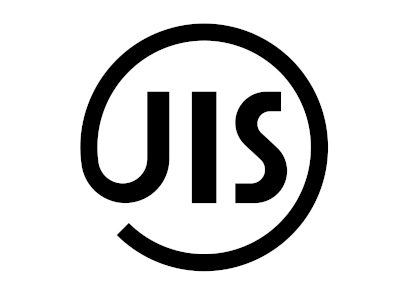JISG - Japanese Industrial Standards
JISG standards are developed, reviewed, and maintained by the Japanese Industrial Standards Committee (JISC).
1. Name
In "JISG," "JIS" stands for Japanese Industrial Standards, which is one of the most important and authoritative national standards in Japan. The letter "G" represents Ferrous Materials & Metallurgy. Therefore, the JIS G series of standards primarily cover the technical requirements, testing methods, and quality standards for steel products, such as the chemical composition, mechanical properties, dimensional tolerances, and inspection methods of steels.
2. Drafting and Maintaining Authority & Website
JISG standards are developed, reviewed, and maintained by the Japanese Industrial Standards Committee (JISC). JISC is an official Japanese organization responsible for approving and publishing JIS standards.
Website for Publishing Texts: The official release and information inquiry of JIS standards can be conducted through JISC's official website: http://www.jisc.go.jp.
Additionally, the Japanese Standards Association (JSA) is also responsible for the publication, distribution, and related training of JIS standards. Its website also provides information about the standards: https://www.jsa.or.jp.
It is important to note that JIS standards are copyrighted official publications, and obtaining the complete standard text usually requires purchase.
3. Main Content
JIS G standards cover a wide range of content primarily focused on steel materials and their products, which can be categorized into the following types:
Product Standards: Specify the shape, dimensions, quality, performance requirements, etc., of specific steel products. For example:
JIS G 3101: Rolled steels for general structure (e.g., SS400 steel plate).
JIS G 3136: High-strength steel plates for structural use.
JIS G 3444: Carbon steel steel tubes for general structure.
Testing Method Standards: Specify the test methods and procedures for mechanical properties, chemical composition analysis, non-destructive testing, etc., of steel materials. Examples include specific operational specifications and evaluation criteria for tensile tests, impact tests, and hardness tests.
Basic Standards: Include fundamental regulations such as terminology, symbols, and units for steel products.
A characteristic of JIS G standards is that apart from testing method standards, product standards typically integrate requirements for "steel" and "steel products" into a single standard, and they have a relatively clear purpose orientation, making it convenient for users to select and apply them.
4. Update Frequency
The JIS standard system undergoes regular reviews and updates to respond to technological advancements, changes in industry needs, and international harmonization requirements.
JIS standards are typically reviewed every five years to decide whether to confirm their continued validity, revise, or abolish them.
In recent years, Japan has actively promoted the harmonization of JIS standards with international standards (such as ISO standards). Many JIS standards are revised accordingly based on updates to their corresponding international standards.
For example, in 2025, the Japanese standard system underwent a significant revision, which also included JIS standards.
JIS Mark Certification System
In addition to the standards themselves, Japan has a "JIS Mark Certification System" closely related to JIS standards. This is a product certification system that indicates the product has been audited and complies with the relevant JIS standard requirements. Manufacturers must undergo a review designated by the competent minister to confirm that their production facilities and quality management system can consistently produce products that meet JIS standards before they can use the JIS mark on their products. This system has also been open to foreign manufacturers since 1980.


